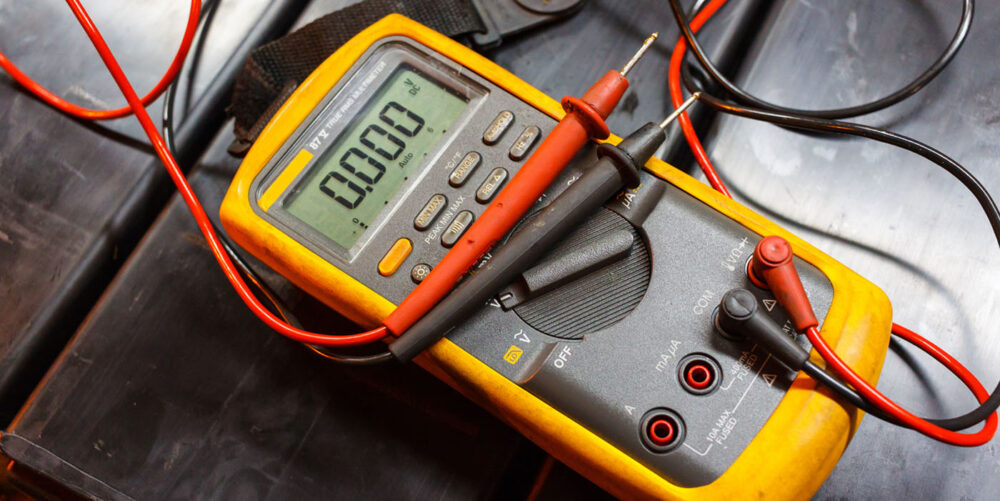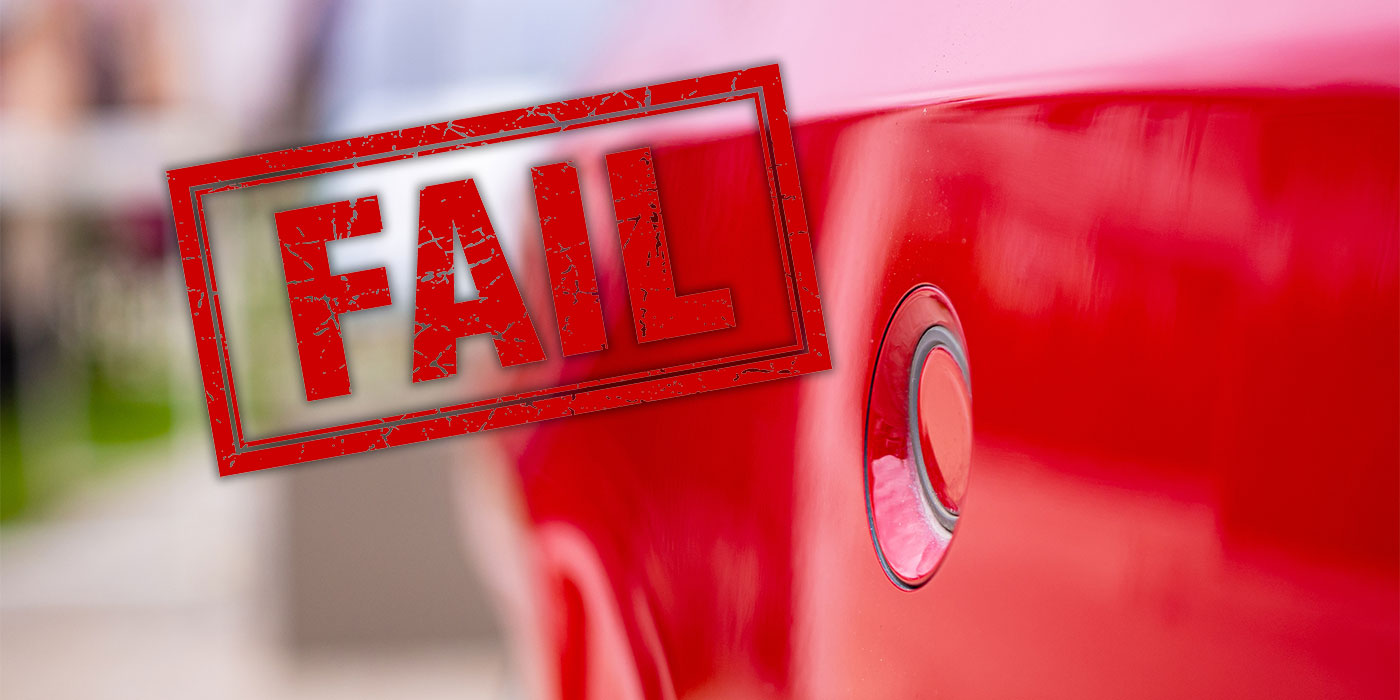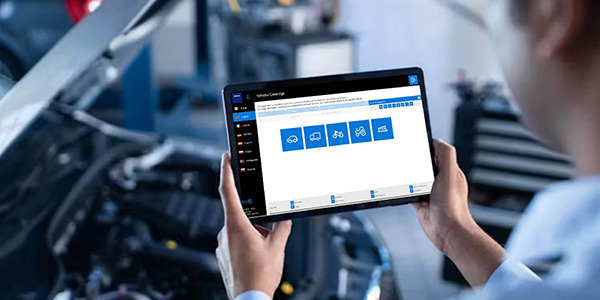How many of you have ever made a plan for something? And how many of you have had that plan thrown out the window for some reason?
The collision repair industry and the whole world are in a really odd place right now. Cars are changing so fast and having more and more electronics added to them, but they can’t build these cars because there are not enough semiconductors. Part shortages and many other things we took for granted are now becoming more noticeable. How do you plan for that?
You need technicians, but the problem is that many people do not want to come back to work. Plus, there is no draw for new talent to enter the automotive workforce. Try to buy lunch and you’ll see restaurants short-staffed that can’t stay open. Supply chains are reduced due to a shortage of truckers. Also, try getting a rental car these days – there is a shortage of those, too.
I may sound frustrated, and I am – because we’re facing a frustrating reality. Look at what’s happening in cities and the way COVID-19 has changed the way we look, think and talk to one another. Business as usual is a term I really don’t see or hear from anyone anymore. If your world is untouched by all these events, I envy you.
Having a Plan
I’ve always advocated to have a plan and be proactive in how you approach business and automotive repair. I’ve come to the realization that it’s still smart to have a plan, but it’s a modified plan. My answer today to anyone who asks, “What is the best to option or plan for your business and vehicle repairs?” is, “Plan to adapt.” Our world of automotive repair is going to keep changing. There are so many things to juggle in our industry today that sometimes you just have to laugh or go crazy. We have all felt that overwhelming frustration at some point.
I hope our world stabilizes and some normalcy returns. Until then, we all need to adapt to the environment around our industry. How you deal with adapting to our world will require decisions to be made.
Be decisive, right or wrong – the road is paved with flat squirrels who could not make a decision.
I heard my new favorite phrase in a class I was taking recently. I do not know the author, but the phrase is brilliant: “Be decisive, right or wrong – the road is paved with flat squirrels who could not make a decision.”
One of the most effective ways to keep yourself from going anywhere in life or business is to travel over the same path over and over again, developing a rut so deep that you can’t escape it. Many of your undesired results don’t come from circumstances, they come from the steps you take when circumstances get presented to you. After that, your results come from your ability or inability to choose a path and follow it through to failure or success. That’s the truth. What I’m really saying is have a plan, but plan on being flexible. Each customer, repair and employee is going to bring a variable to you every day. Right or wrong, make a decision, because in today’s world, you have to move or risk being flattened.
Here We Go Again
When Ford introduced the F-150 as one of the first high-production aluminum-bodied vehicles, the auto repair industry scrambled to understand how to repair this vehicle as well as what was needed to repair it. Curtains, rivet guns and training forced us all to look at our shops and equipment. Meanwhile, steels became more heat sensitive and spot welders were needed. The question of what welders to purchase consumed many shop owners and managers, and we as an industry learned that no one tool is the best. But we adapted and made one tool the best for our shop.
The collision repair industry is once again faced with something new: electronics and procedures needed after a vehicle has been crushed, hit, welded, painted and put back together again.
There are so many things to juggle in our industry today that sometimes you just have to laugh or go crazy.
A friend of mine with a shop in Chicago (who will read this and know I’m talking about him) recently asked me, “Which electronic scanner or software do I need and what procedures should I follow to repair the electronics and program and calibrate the vehicle correctly?” First, that is one heck of a lot to ask in one question. The answer he or any one of you would love to hear is, “Oh, buy X brand.” Sorry, you’re not going to hear that because there is no easy answer. If there was a tool that could do it all, we all would have bought it by now.
Another friend of mine has pointed out how much information on vehicle electronics is being regurgitated in various automotive industry publications. And I realized, he is right. I’m guilty of it too. He has educated me on many issues in electronics that I was not even aware of. I see all these articles on what ADAS is and how scan tools are needed for scanning and recalibrating to complete repairs, but if you’re in this industry and do not know that by now, we have some serious problems. If you’re new to the industry, you’ve got some research to do. And that is only half the story.
More Questions
When my Chicago friend asked me the aforementioned question, I volleyed back with a bunch of my own questions:
- What vehicle brands constitute about 75% of your shop’s work?
- What OE shop agreements do you have?
- Will you be fixing wire harnesses and programming modules and computers?
- Do you understand subscriptions and the updates needed?
- Do you understand gateway modules? Basic electricity? Programming keys and immobilizers?
- Do you have a NASTF certification?
Repairing a vehicle correctly is not just about plugging into a car and getting a DTC and having a miraculous roadmap to tell you how to fix the problem. Remember, the vehicle has been damaged; the flow chart to fix a DTC does not take that into account. If you can’t read a wiring diagram, you’ll have some issues fixing a vehicle that has been crushed, split and mashed.
Somehow, people got the impression that once you have that DTC it’s all gravy from there. Negative.
Somehow, people got the impression that once you have that DTC, it’s all gravy from there. Negative. Even more, there are people who feel that performing a pre-repair scan is not worthwhile or necessary before beginning work on a vehicle. Ask any technician trying to repair the wiring harness on today’s vehicles about that – you will most definitely not get the same answer from them as you would a person sitting in an office looking over a spreadsheet who does not work on the vehicle’s electronics. At this point, my friend from Chicago just sighed. I think he regretted asking me the question.
The Technician
Then, we have another part of the equation: who is running the tool or doing the repairs? As I mentioned earlier, you need to understand electricity and computers as well as modules, relays and Ohms law.
Technicians who do understand this stuff are not very common in the auto body repair industry. In my mind, the tool is only 40% of what you need. The technician is 60% of the need. This is why there are companies that specialize in the repair of vehicle electronics. It is a different type of mindset to do diagnostics or troubleshoot why a headlight does not work on a vehicle hit in the rear. These companies are a vital part of the collision industry. They research and buy the equipment and train to do the repairs body technicians don’t want to do.
Body technicians are in such short supply in our industry; can you afford to bog them down chasing wires? I think in many cases your cycle time may take a hit. If you do use an outside vendor, be sure they are following OE procedures. I’ve yet to see instructions from an OE saying that calibrating a vehicle outside in a parking lot is a good idea.
Equipment
If you’re going to buy equipment, you’ll need a plan. First, where are you doing this work? Calibrations have space requirements in a shop. Research and be aware of where your cars are being calibrated. I mentioned earlier about percentages of vehicles you work on. Do you need OE software? Will an aftermarket tool work because most of the vehicles you work on are usually more than one to two years old? How much do you want to invest? The reality is that you will spend a lot of money and time and still not be able to do all cars or all procedures. Modify your plan and accept that you may need an alternative for possibly 25% of the cars that come into your shop in order to complete electronics and diagnostics as well as calibrations.
Summary
I’m now going to say something that many of you will not like: as an industry, we’re still missing so many procedures that are supposed to be done to correctly repair the vehicle. Until you know during blueprinting what procedures you need to perform and how often to complete repairs, you will not know what software or scan tools you need. The flip side of this statement is the liability of not completing all repairs. Giving back an impaired vehicle is not what we’re about. Know your responsibility and research your vehicles.
The plan: identify what you need versus what you want. Plan to adapt for the rest. Don’t be the squirrel on the roadway. Right or wrong, move.














